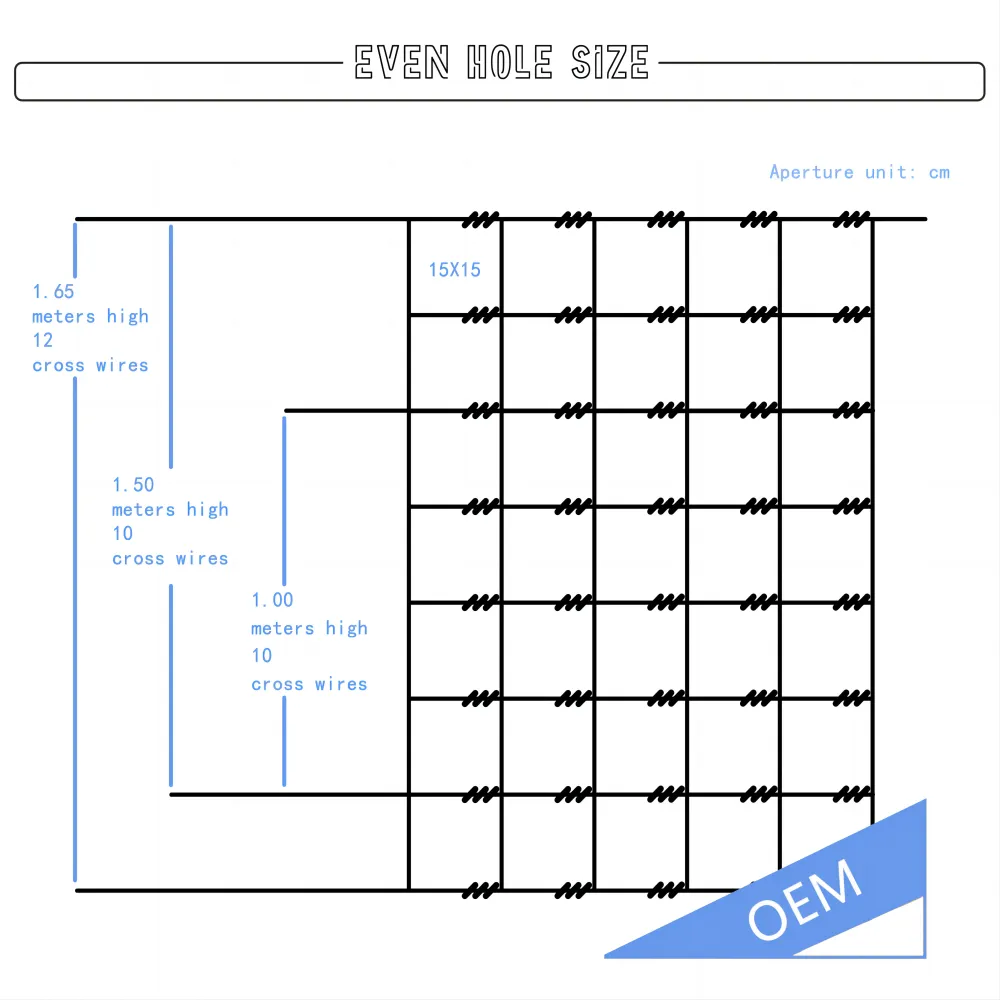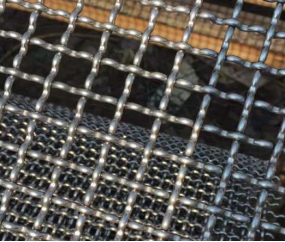फेब . 15, 2025 13:31
Back to list
electro galvanized nails
Choosing the right framing nails for treated lumber is paramount to ensuring the longevity and stability of any construction project. Treated lumber, designed to withstand moisture, insect infestation, and other environmental challenges, requires specialized fasteners to maintain its integrity over time. Without the correct nailing approach, the structural soundness and aesthetic appeal of your project could be compromised.
Moreover, the shank style of the nail can influence holding power. Ring-shank nails are particularly favored in framing treated lumber due to their increased withdrawal resistance. The rings or grooves along the shank provide increased surface area, enhancing mechanical grip in the wood. This feature is especially beneficial in applications where vibration or shifting could compromise a smooth shank nail’s hold over time. Installation techniques further define the success of using framing nails in treated lumber. It is crucial to angle nails at approximately 45 degrees where perpendicular nailing isn't feasible. This not only improves shear strength but helps in reducing wood splitting, which can occur readily in dense, moisture-saturated lumber. Using a pneumatic nail gun ensures precision, consistent depth, and speed, essential for large projects or time-sensitive builds. Finally, while selecting the correct framing nails and technique are fundamental, ensuring that nails conform to local building codes is also essential. Code-compliance ensures that not just the aesthetic and initial stability are guaranteed, but that safety and quality standards are maintained. Professional consultations or partnerships with experienced carpenters and builders bring invaluable insights tailored to the specific demands of any construction undertaking. In conclusion, while treated lumber provides a resilient foundation for diverse building projects, its longevity hinges significantly on the correct choice and application of framing nails. Through a combination of selecting the right materials, sizes, shank styles, and proper installation techniques, one can ensure that a structure stands the test of time, preserving safety, integrity, and esthetics in every build.


Moreover, the shank style of the nail can influence holding power. Ring-shank nails are particularly favored in framing treated lumber due to their increased withdrawal resistance. The rings or grooves along the shank provide increased surface area, enhancing mechanical grip in the wood. This feature is especially beneficial in applications where vibration or shifting could compromise a smooth shank nail’s hold over time. Installation techniques further define the success of using framing nails in treated lumber. It is crucial to angle nails at approximately 45 degrees where perpendicular nailing isn't feasible. This not only improves shear strength but helps in reducing wood splitting, which can occur readily in dense, moisture-saturated lumber. Using a pneumatic nail gun ensures precision, consistent depth, and speed, essential for large projects or time-sensitive builds. Finally, while selecting the correct framing nails and technique are fundamental, ensuring that nails conform to local building codes is also essential. Code-compliance ensures that not just the aesthetic and initial stability are guaranteed, but that safety and quality standards are maintained. Professional consultations or partnerships with experienced carpenters and builders bring invaluable insights tailored to the specific demands of any construction undertaking. In conclusion, while treated lumber provides a resilient foundation for diverse building projects, its longevity hinges significantly on the correct choice and application of framing nails. Through a combination of selecting the right materials, sizes, shank styles, and proper installation techniques, one can ensure that a structure stands the test of time, preserving safety, integrity, and esthetics in every build.
Share
Next:
Latest news
-
Weather Resistance of Woven Wire and Chicken Wire Fencing MaterialsNewsJun.05,2025
-
Umbrella Nails Innovations in Roofing Fasteners for Wind ResistanceNewsJun.05,2025
-
Modern Barbed Wire Fence Designs for Perimeter ProtectionNewsJun.05,2025
-
How Iron Nail Wire Enhances Nail Strength and Installation EfficiencyNewsJun.05,2025
-
High-Security Razor Fence Solutions for Perimeter ProtectionNewsJun.05,2025
-
Durable Wire Netting Fence Solutions for Animal EnclosuresNewsJun.05,2025




